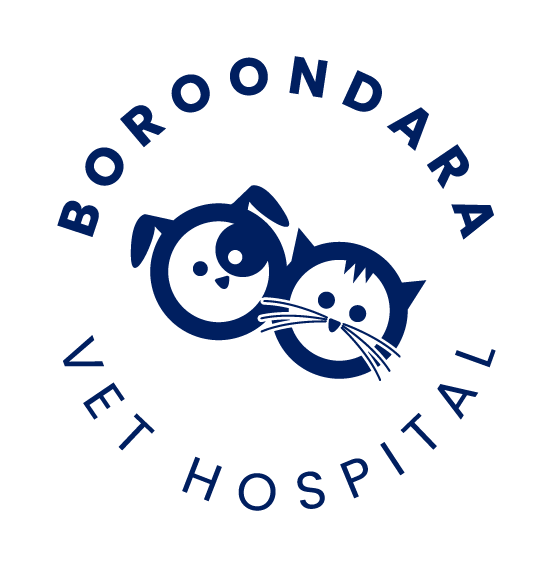Library
-
Muscle (called smooth muscle) and fibrous connective tissues form the framework (stroma) that holds other tissues together in the organs of the body. A number of different tumours can develop from the cells of these tissues.
-
Digoxin is used to control the rate and rhythm of your pet's heart. It also improves the strength and efficiency with which the heart beats.
-
Diltiazem is used to treat enlarged heart (hypertrophic cardiomyopathy) in cats. Diltiazem decreases the heart's need for blood and oxygen and therefore reduces the amount of work the heart must do.
-
Dimethylglycine is an unusual supplement, in that it is extremely popular despite the fact that all of its touted effects have largely been disproven by clinical and laboratory testing. It is most widely used as a performance enhancer by athletes, performance dogs and racing horses.
-
Dirlotapide is used to help reduce weight in dogs. Your veterinarian may prescribe dirlotapide if your pet is obese or overweight.
-
Disinfection is the selective elimination of certain undesirable micro-organisms in order to prevent their transmission. In terms of the home with pet cats, disinfection is necessary to prevent the spread of infectious diseases from one cat to another, or, in a few cases, to humans.
-
Docking may be defined as the removal of whole or part of a dog's tail. From 2010 this procedure has been illegal under Australian law unless carried out by a registered veterinarian for valid medical reasons.
-
Dogs are social animals whose evolutionary history makes them willing and able to live in groups. Group living enables a range of co-operative activities to take place efficiently as long as everyone knows what is expected of them.
-
The terms dominance or status related aggression are confusing and outdated, although they are still widely used in the popular media. It is useful to spend a bit of time trying to understand why these terms are now generally rejected by those with a deeper understanding of dog behaviour.
-
When an animal repeatedly tries to do something, we might say that it has a compulsion to do the behaviour. Compulsive behaviours are often derived from normal behaviour patterns but appear to be abnormal because they are excessive, exceedingly intense, or performed out of context.

